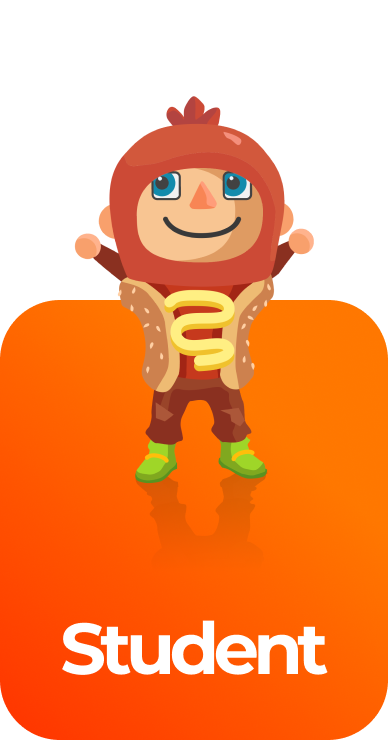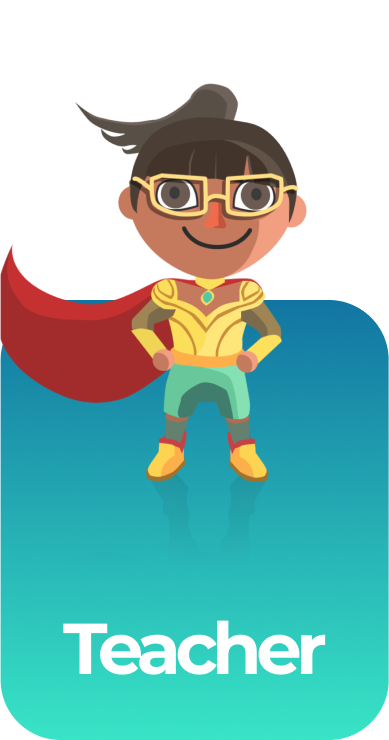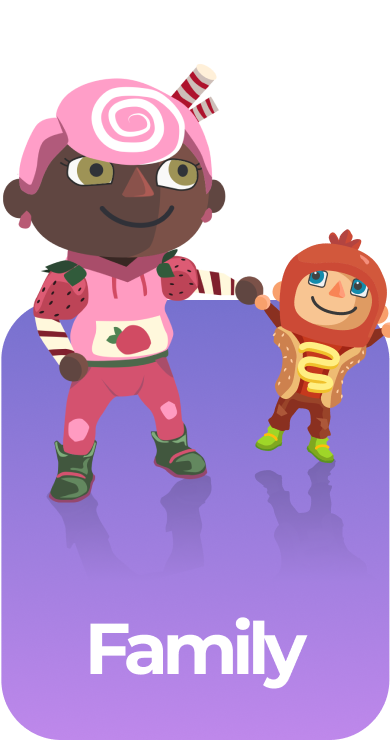Types of Interactions Science Games
5 gamesIn this series of games, your students will learn that objects in contact exert forces on each other. Types of Interactions learning objective — based on NGSS and state standards — delivers improved student engagement and academic performance in your classroom, as demonstrated by research.
Scroll down for a preview of this learning objective’s games and the concepts.
Concepts Covered
A force is a push or a pull on an object. A force has both a strength and a direction. Motion is the change in the position of an object.
A contact force is a force that occurs when objects are in direct contact with each other. An applied force is a contact force that can be applied to an object by another object or person. Friction is a contact force that opposes the motion of an object. An elastic force is a contact force applied by a spring or other object that can stretch and compress.
A non-contact force is a force that can act on an object over a distance. Examples of non-contact forces are gravity, electric force, and magnetic force.
A preview of each game in the learning objective is found below.
You can access all of the games on Legends of Learning for free, forever, with a teacher account. A free teacher account also allows you to create playlists of games and assignments for students and track class progress. Sign up for free today!






